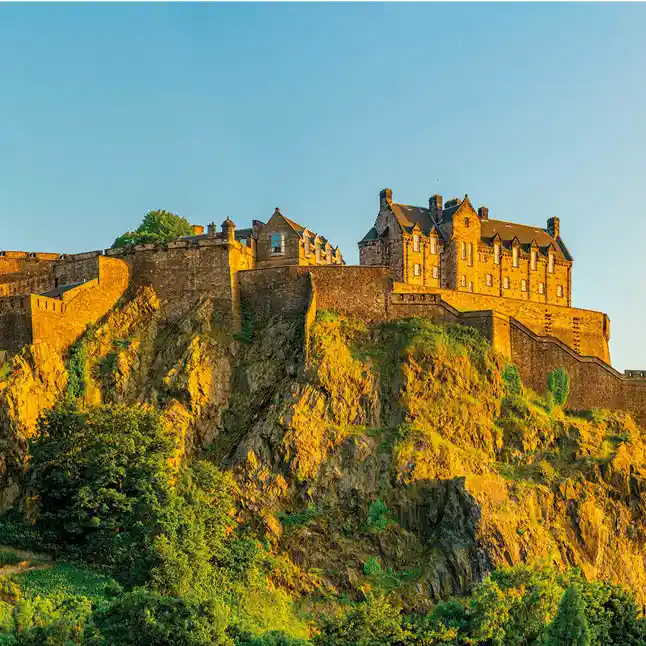The best deals with Princess
Without a doubt, a cruise is the best way to explore the wonders of Hawaii.
This archipelago, located in the heart of the Pacific Ocean, has become a dream destination for any traveler. From the white sandy beaches of Maui to the majestic volcanoes of the Big Island, Hawaii offers an impressive natural landscape. Experiencing Polynesian culture, enjoying hula dance, and tasting the delicious local cuisine are just some of the experiences that captivate visitors.
Watching the sunsets in Waikiki, exploring the lush trails of Kauai, or relaxing in the crystal-clear waters of Oahu make this destination one of the best to discover by cruise.













